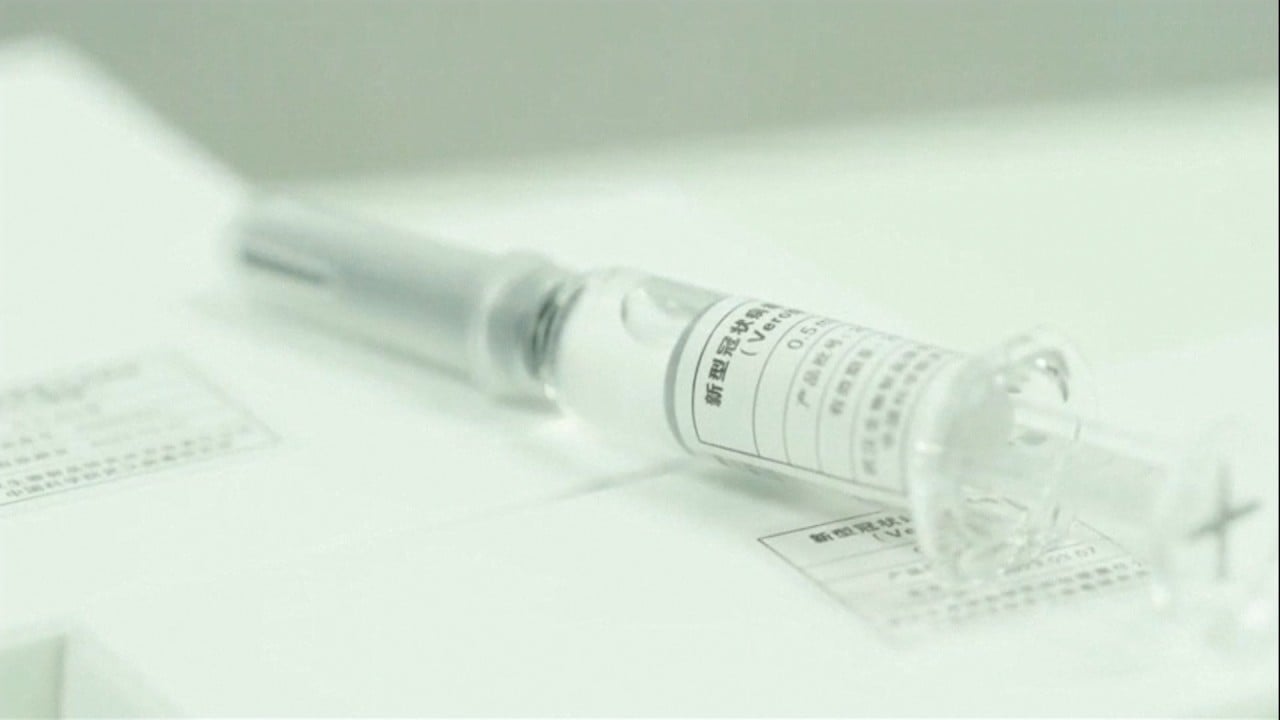
There won’t be enough coronavirus vaccines for a return to normal life until 2022, WHO scientist says
- The need for social distancing and mask wearing will continue next year, leading World Health Organisation scientist predicts
- Negotiations ongoing for US and China to participate in the WHO’s global alliance of equitable vaccine distribution
Do not expect there to be enough Covid-19 vaccines for life to return to normal until 2022, World Health Organisation (WHO) chief scientist Soumya Swaminathan predicted on Tuesday.
But the number of doses will be too small to change the need for social distancing and mask wearing until production is increased and reaches the goal of 2 billion by the end of 2021.
“The way that people are picturing it is that in January you have vaccines for the whole world and things will start going back to normal – it is not how it works,” she said.
“Our best assessment [for vaccine roll-out] is the middle of 2021 because at the beginning of 2021 is when you will start seeing the results of some of these trials.”

01:39
China prepares for coronavirus vaccine mass production though clinical trials are not yet complete
Not everyone in China will need vaccine, CDC chief says
Swaminathan said the WHO was planning to issue guidelines on the emergency use of vaccines by the end of this week.
“All the trials that are ongoing have follow-up for at least 12 months if not longer,” she said. “That is the time you normally like to see to make sure you don’t have a long-term adverse effect after the first few weeks.”
“Because it is a pandemic, it is possible that many regulators will want to do an emergency-use listing, which is understandable, but there needs to be some criteria around that,” she added.
“What we would like to see is efficacy, but I think more importantly what people like to see for safety.”
She said the US Food and Drug Administration would issue emergency-use guidelines soon.
Chinese vaccine ready for use in November, top scientist says
When asked about the Chinese and US situations, Swaminathan said “national regulators have the authority to do so in their own territories”. But she added that they should impose a deadline for companies to provide data, and that emergency-use licences could be revoked if the last stage of trials did not meet requirements.
Meanwhile, Marie-Ange Saraka-Yao, a managing director of the global vaccine alliance Gavi, said negotiations were continuing between China and the alliance about joining Covax – just days before the September 18 deadline for countries to sign on.
The absence of the US and China, two major players in vaccine development, has raised questions about the plan’s viability.
So far 84 economies have joined the alliance. There were 92 low-income countries eligible for free vaccines subsidised by wealthy countries and donors, Saraka-Yao said.

